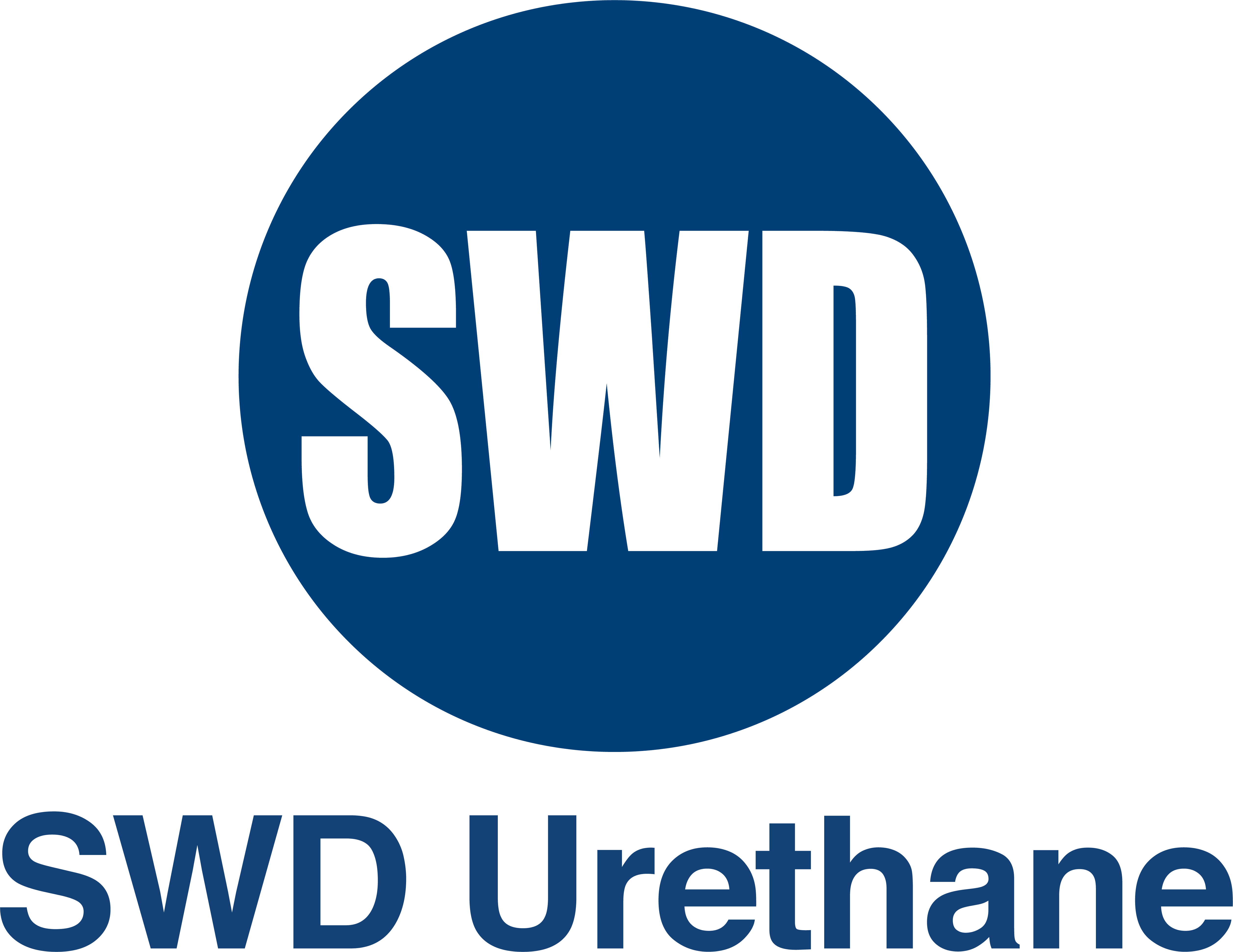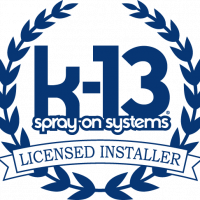 Insulating your home properly is fundamental to maintaining comfortable indoor temperatures and reducing energy consumption. However, with a variety of insulation options available, it can be challenging to determine which one is best suited for your needs. Each type of insulation comes with its own set of advantages and disadvantages that should be carefully considered before making a decision. In this blog, we will explore the pros and cons of different home insulation options to help you make an informed choice.
Insulating your home properly is fundamental to maintaining comfortable indoor temperatures and reducing energy consumption. However, with a variety of insulation options available, it can be challenging to determine which one is best suited for your needs. Each type of insulation comes with its own set of advantages and disadvantages that should be carefully considered before making a decision. In this blog, we will explore the pros and cons of different home insulation options to help you make an informed choice.
Fiberglass Insulation: Widely Used and Cost-Effective
Fiberglass insulation is one of the most popular choices for homeowners due to its affordability and accessibility. It is made of tiny glass fibers that trap air pockets, providing excellent thermal resistance. The advantages of fiberglass insulation include its fire-resistant properties, long lifespan, and resistance to moisture and mold. Additionally, it is easy to install and readily available in rolls or loose fill. However, fiberglass insulation has its drawbacks too. It can irritate the skin, eyes, and respiratory system during installation, making proper protective gear essential. It may also settle over time, reducing its effectiveness if not installed properly.
Cellulose Insulation: Eco-Friendly and Effective
Made from recycled materials like newspapers or cardboard, cellulose insulation is renowned for its eco-friendliness and thermal performance. It is treated with fire retardants, resulting in excellent resistance to flames. Cellulose insulation is particularly effective at reducing air infiltration and provides superior sound insulation as well. Its installation, whether in loose-fill or dense-packed form, often requires professionals due to proper equipment and techniques. While cellulose insulation offers excellent energy efficiency benefits, it can be more expensive than other insulation types. Additionally, it may settle over time, necessitating periodic inspections and maintenance.
Spray Foam Insulation: High R-Value and Air Sealing
Spray foam insulation has gained popularity in recent years due to its exceptional insulating properties and ability to seal air leaks effectively. It is typically made of polyurethane and comes in two types: open-cell and closed-cell. Open-cell spray foam is less dense and provides an air barrier while allowing some moisture to pass through. Closed-cell spray foam is denser and has a higher R-value, offering better thermal resistance and vapor barrier capabilities. The advantages of spray foam insulation include its ability to conform to irregular shapes, its long lifespan, and its resistance to mold and moisture. However, spray foam insulation is more expensive than other options, requires professional installation, and may release volatile organic compounds (VOCs) during installation.
Mineral Wool Insulation: Fire Resistant and Sound Absorbing
Mineral wool insulation, often referred to as rock wool or slag wool, is manufactured from molten rock or industrial waste byproducts. It is available as batts or loose fill, providing excellent thermal and sound insulation properties. Mineral wool insulation is non-combustible, offering superior fire resistance and acts as an effective barrier against heat transfer. It is also resistant to mold, pests, and rot. However, mineral wool insulation can be more expensive than fiberglass insulation, making it less cost-effective for large-scale projects. It can also be heavier and more difficult to handle, requiring proper precautions during installation.
Reflective Insulation: Effective in Hot Climates
Reflective insulation, also known as radiant barrier insulation, is designed to reduce heat transfer by reflecting radiant heat. It typically consists of foil-faced materials, such as foil laminated onto paper or plastic substrates. Reflective insulation is most effective in hot climates, where it can significantly reduce cooling costs. It is typically installed in attics, walls, and roofs to reflect radiant heat away from the home. The advantages of reflective insulation include its durability, low maintenance requirements, and long lifespan. However, reflective insulation has limited effectiveness in colder climates, where heat loss through radiation is less significant.
Choosing the Right Insulation for Your Home
When selecting insulation for your home, it’s crucial to consider several factors, including your climate, budget, personal preferences, and building structure. Consulting with insulation professionals or energy auditors can help evaluate your specific needs and identify the most suitable insulation option. By weighing the advantages and disadvantages of different insulation types, you can make an informed decision that enhances your home’s energy efficiency, comfort, and overall value. Remember, proper insulation is an investment that pays off in long-term energy savings and improved living conditions.
Need Insulation in Petaluma, CA?
Since 2001, Ace Insulation Inc. has been your premier insulation experts. We take pride in being locally owned and operated as well as offering high-quality service. We specialize in the installation of insulation. Whether you are building a new home or renovating your existing space, we are the place to call. We have many materials to choose from, including fiberglass and spray foam. If you are looking for high-quality work, call us today to schedule your next consultation!


